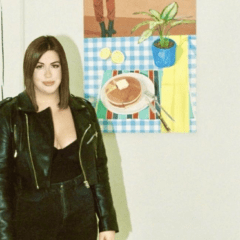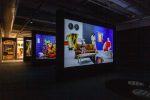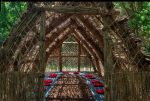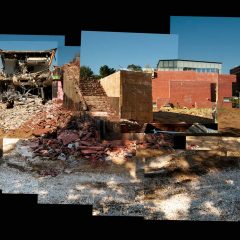Creative Time has been one of the most challenging and exciting visual art presenters in the country over its 37-year history, with a record of commissioned projects that have been novel, imaginative and remarkably artistically successful. That’s saying a great deal for an organization that has asked artists to do things they likely haven’t done before, or haven’t done in the proposed circumstances. Furthermore, it has taken art out of its designated venues and presented it to unfiltered, urban audiences. The organization has ferreted out unlikely venues. Some took opportunistic advantage of real estate in transition, such as the storefronts abandoned by the porn industry on 42nd St. in 1993. Others, such as the vaults beneath the Brooklyn Bridge, had been overlooked. In doing so it has carved out new and truly public spaces for art and for the people of New York City. This has been an inherently political stance, so it was no surprise that its third, day-long summit on Sept. 23rd, and the exhibition with which it coincided, Living as Form, was devoted to socially engaged art.
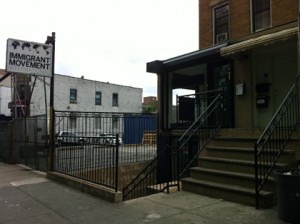
What does a summit on socially-engaged art look like?
a) an anarchist convention
b) a religious revival meeting
c) the Ed Sullivan Show (I know I’m dating myself here)
It bore some resemblance to all three; and this description in no way diminishes my admiration for Creative Time and the artists, scholars and collectives involved, who have devoted their lives working for social change and a public sphere beyond commercial interests.
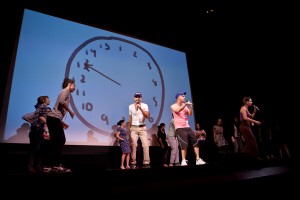
Still, there was humor and irony in the event, which was held the at the Skirball Center at New York University, the slick, modern concert hall of a wealthy, private university (which is also a major, downtown landlord). The summit employed the latest technology to offer the event, via satellite streaming, to venues around the world, including five U.S. universities and audiences in Toronto, Holon (Israel), Dubai, New Delhi and Mumbai. Instead of a hook to drag presenters off stage after their allotted 8 minutes, there was live music which progressively increased in volume as the speaker’s mike was shut off.
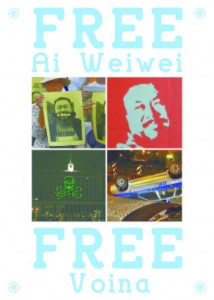
The summit opened with a highly-polished performance by My Barbarian who delivered several satirical ditties, then managed to get the audiences’ blood flowing by having us stand, do neck-rolls, shake-outs and squats, then asked us each to massage the shoulders of the person in front of us (who, in my case, turned out to be a member of the Danish street art collective, Publik ).
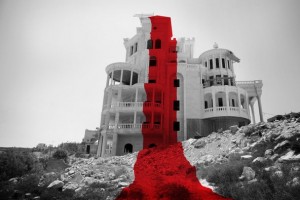
The international range of both participants and audience was one of the most impressive aspects of the day. They included Decolonizing Architecture, Bethelehem, Palestine, a residency program that produces writing, installations and spacial interventions in the Palestinian Territories; WochenKlausur, who created a mobile health clinic for the homeless in Vienna, whose lack of fixed address had shut them out of the state’s medical system; Voina , a Moscow street art collective whose performances protesting abuse of state power have enraged officials and lead to the arrest of two members; and Jeanne van Heeswijk, the Dutch winner of this year’s Leonore Annenberg Prize for Art and Social Change, who spoke of her practice as learning together to take responsibility, as she explained that the first priority for an artist such as herself was to learn to listen to others.
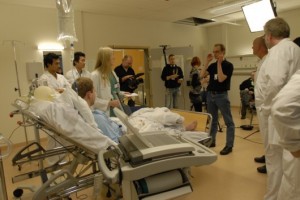
Elizabeth Lara-O’Rourke of United Indian Health Services, Inc. said their clients never questioned the inclusion of art within a healthcare facility since Native American cultures didn’t have such separate categories. They employed traditional imagery in campaigns such as: smoke fish not cigarettes. Carleton Turner of Alternate Roots described organizing an annual festival in Baltimore as a tool to bring together a marginalized community that everyone said was beyond help. The project involved developing the trust of more that 100 community organizations which had never cooperated with each other. Dancing is always involved in the work of Urban Bush Women, which began as a socially-engaged performance group which now runs summer leadership workshops, training youth in social organizing skills that emphasize a community’s strengths.
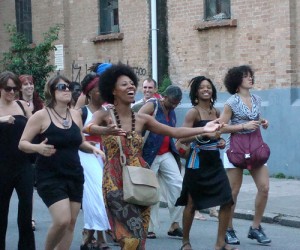
I found myself sitting next to a group of MFA students from Columbia and Carnegie Mellon, and the audience appeared to include many others. The brief time allotted each presenter meant that we got a teaser of a very broad range of work, little of which has been covered by the traditional art press or included in most published surveys. Despite the critical and theoretical approaches taken by historians of 20th century art, work that attempts real social intervention exists somewhere beyond their vision. Books on the subject are mostly the work of very small publishers, although the internet has made enormous changes in the global accessibility of the information.
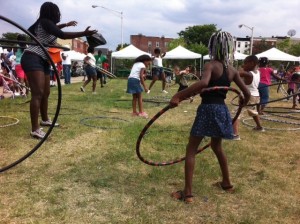
I suspect that one of the most useful concepts the students took away was the sheer length of time involved in projects that actually work with communities, rather than presenting them with pre- conceived projects. And I imagine I wasn’t the only attendee who left wondering how these artists support themselves, especially the Americans who can count on no social services from the state. All artists committed to working outside the commercial art world face this problem, but not all of them embark on multi-year projects that involve hundreds of people. No one at the summit even touched on the subject of money, other than to thank various funders (bless them all!).
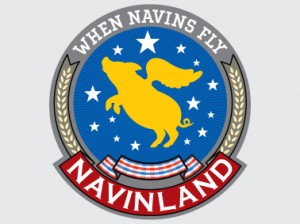
Several scholars addressed the summit’s subject in a broader context than the artists’ case studies. Ted Purves spoke about the social form that exchange-based art practices take as being a more interesting question than the aesthetics of such work. He suggested a shift from the criterion of quality to capacity; what is their agency? Gerald Raunig, of the European Institute for Progressive Social Policies, drew upon philosophical and critical writing to analyze a philosophy of activism and work based upon radical inclusivity. Scholar of performance Shannon Jackson addressed the problem of medium-specific barometers which structure our encounters with non-medium-specific work; deconstruction of one form, she noted, often involved reconstruction of another. And Alan W. Moore discussed the insurrectionary urban development of squats, and how artists have often been involved in such capital-less real estate projects, both in Europe and the U.S..
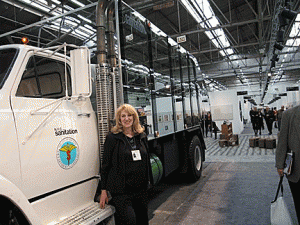
At the old Essex Street Market, where Creative Time had sponsored Mike Nelson’s extraordinarily-atmospheric A Psychic Vacuum (which I wrote about on Sept. 26, 2007) , they have installed the exhibition Living as Form, billed as a broad look at a vast array of socially engaged practices, on view through Oct. 16, 2011. It includes projects by more than 100 artists or collectives who were chosen with advice from an international group of 25 curators brought together by Nato Thompson. Don’t go looking for an exhibition in the traditional sense; this is work, after all, that avoids producing objects to be displayed in galleries and museums, and where the artist is essentially a service provider. The effect, then, is more like an education or trade fair, with booths representing a range of projects. Some are documented with video, others with photographs, various ephemera, and lots and lots of text, much of which is available, free, to take away. I came home with tabloids, posters, booklets, xeroxes, post cards, buttons, and a list of recent books for my “must buy” list. Temporary Services had been given a space where they created market stalls, titled Market, which they will share with a variety of groups over the run of the exhibition. The day I was there, booths were occupied by the Lower East Side bookstore and activist center, Bluestockings, the historian of artists’ work in urban renewal, Alan W. Moore, and artist/activist/writer Gregory Sholette.

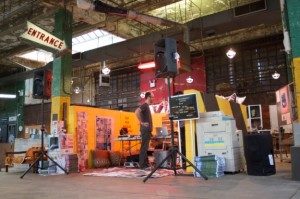
A number of commissioned works are in the Essex Street Marke, by the Long March Project, which included an exercise video, mats, and space to practice, Philadelphia-based Megawords , which created a reading room with free use of its own xerox machine, Surasi Kusolwong and Temporary Services. Commissioned work by Bik van der Pol, Carolina Caycedo, Superflex and Time/Bank are situated off-site (a map is available on the exhibition website or in a hand-out at the exhibition). If you can’t make it to the market, Creative Time has a Social Practice Archive of 350 projects on line, and a book documenting the summit and exhibition will published in the spring by MIT Press.


